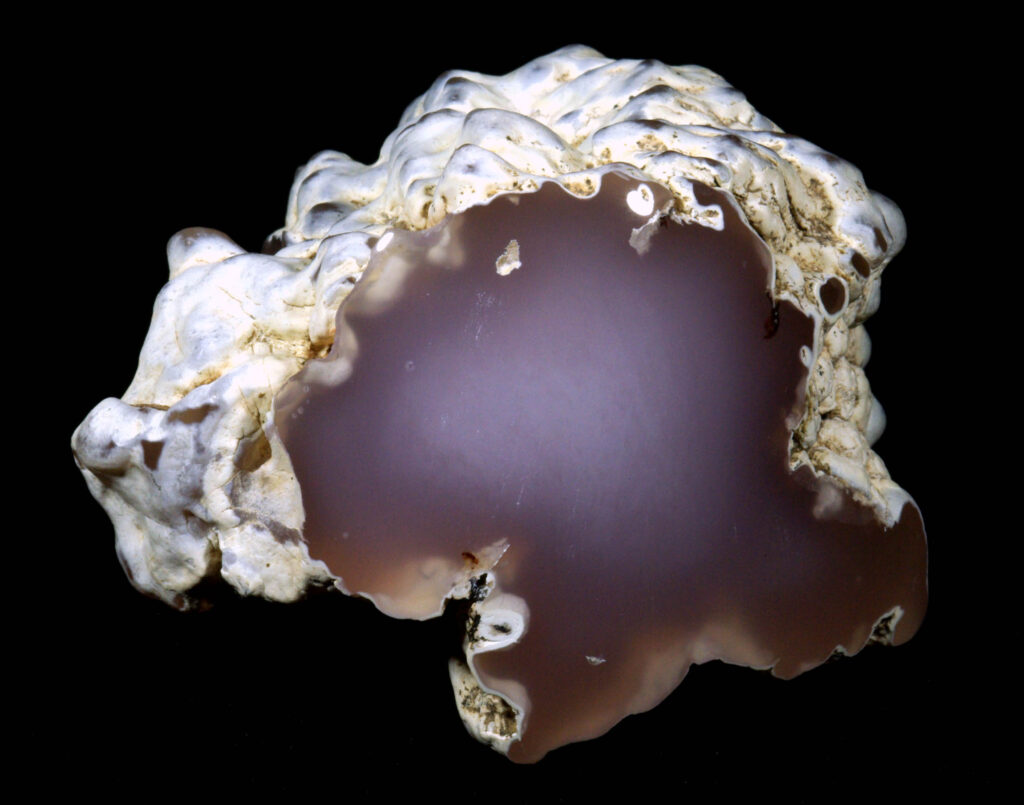

12. Texas Springs. Rhyolite flows; Miocene. Elko County. My petrified wood education began in the mid-80s, a few years after moving to Western Colorado. As I began to learn the varieties of fossil wood, everyone had Texas Springs specimens in their collection. And it was available at all the rock shows. Local rockhounds hunted there on a regular basis to dig this gemmy material. Our rock club – founded in 1946 – had annual outings to Texas Springs with dozens of members joining in. Multiply this by 50 rock clubs scattered throughout the West and remultiply by four decades of serious rock hunting, and you can get an idea of why it’s all gone. A single rock club can wipe out thousands of years of erosion before lunch. The material is cast and is unique – nothing else just like it anywhere, which is often the case with top grade fossil wood. It’s a beautiful, gemmy pink. Probably the closest in appearance is pink limbcast from the South Fork of the Crooked River, but with a little education the two are easily distinguished. This specimen is a perfect example of the better quality Texas Spring fossil wood. Full round; all natural but for one dome-polished face; deep gemmy pink; hard white skin. 55 by 67 mm face; 6 cm long; eleven ounces. $400



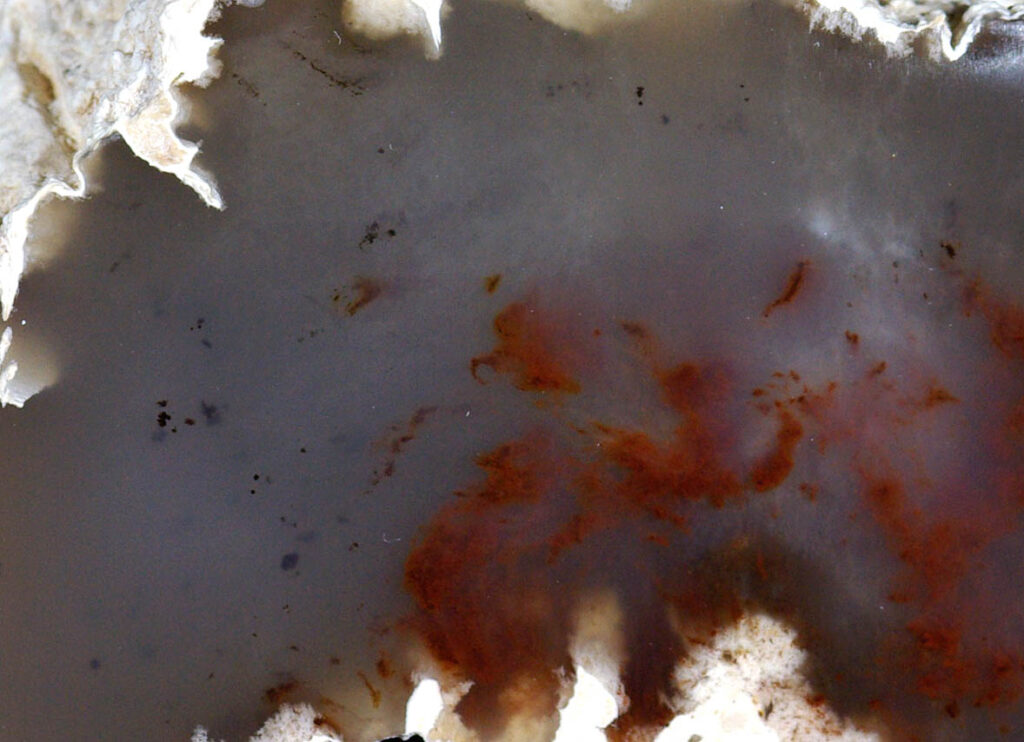
13. Little Humboldt River. Classic limb section. Full round, cut on both ends and polished on the top. All that remains of the wood structures are wisps of red and black swimming about in a large seeming void and well-macerated white bits – enough to identify it as hardwood – clinging desperately to the exterior walls. Where did it go? Figures in Ancient Forest, page 244. 35 by 54 mm polished face; 78 mm tall; eleven ounces. $600
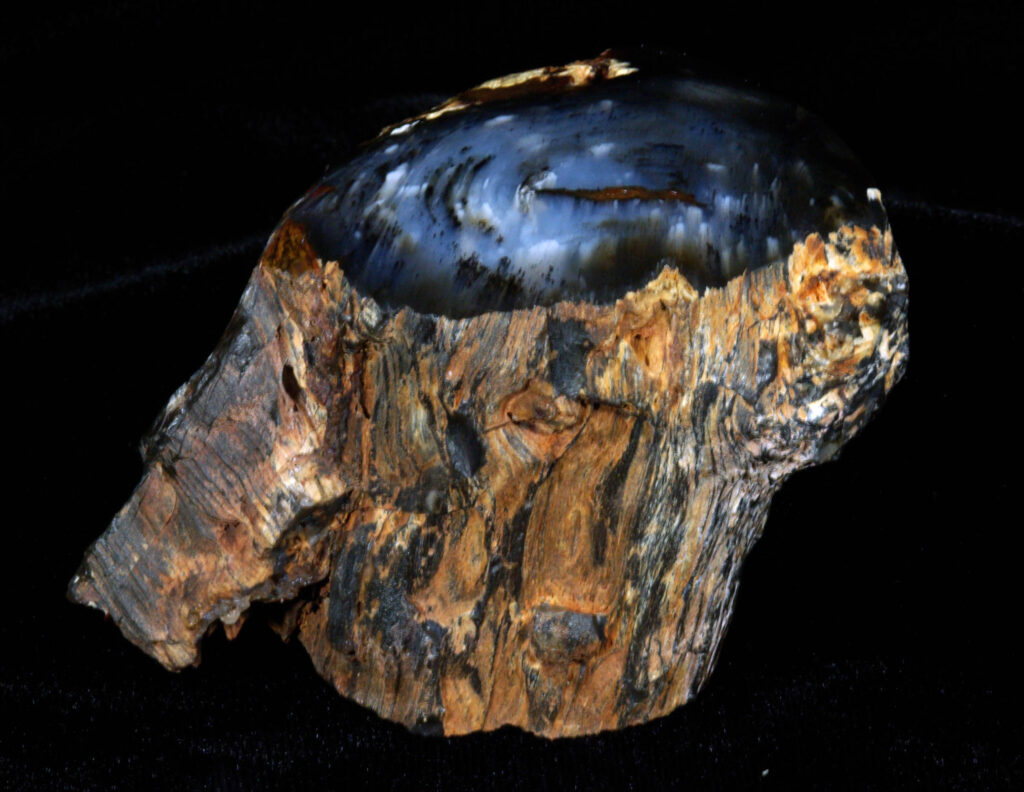


14. Hubbard Basin. Juniper knot. Based on my personal knowledge of old growth juniper, I believe this is a knot (embedded branch base). Cool and unusual. 4.5 by 5.5 cm polished face; 4 cm tall; eight ounces. $400


15. Joshua Tree. Protoyucca shadishii. Miocene/Pliocene. Known only from a limited vicinity in northern Nevada. Dr. Shadish was an Army doctor during the Korean War when he was captured and held prisoner of war for a several years – as nice a man as you could meet. He was an avid rock collector and was one of the first to collect at this newly discovered site where this previously unidentified wood was discovered. He brought several specimens to Dr Tidwell in Utah for study. After Petrified Wood came out, Dr Shadish contacted me and asked if he could visit to see my collection. During that visit he brought out this piece. A few years later, I spent a night at his home in Northern California, a beautiful hilltop home with a view of Mount Shasta. His collection of Joshua logs was impressive. This is the end cut off of one. It is perfect in every way. Super glassy with a lovely design found only in Joshua wood. The desert-polished natural end is also stunning. Being obsessed with Joshua for a spell, as is my nature, I traveled there at peak Joshua bloom and spend several very enjoyable days hiking and photographing the local flora. In the process I climbed the highest peak in the park. Having read that the oldest Joshua tree in the world was within the park, I set out to find it. They kept the location secret to avoid just that, however I was not to be deterred. I found a photograph of this old Joshua and drove around comparing the hilly background in the image with what I could see. Bingo – I found her. One of two pictures of me in Ancient Forests show me with Martha, the greatest living Joshua at the time. Sadly, she was not in good health, and I would be surprised if she is alive. All Joshua trees are threatened by climate change. This piece appears in Ancient Forests on page 85, with closeup images on pages 86 and 87. 13 by 11 cm polished face; 23 mm thick; fourteen ounces. $4000

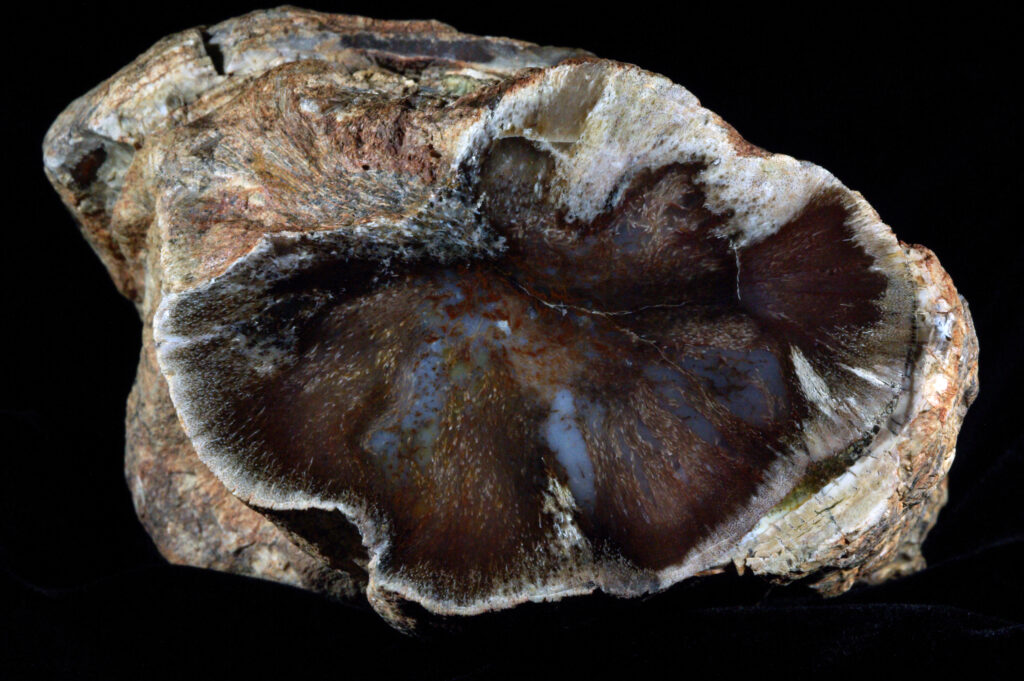


16. Joshua Tree. Protoyucca shadishii. Miocene/Pliocene. Monumental specimen round log with armor. I was told that this came from an area somewhat west of the original discovery site. It is an unusual piece because of its size and the fact that is retains a large portion of the exterior leaf base armor. It is polished on both ends. Beautifully prepared. Decidedly rare. The face on the larger end measures 10 by 16 cm; smaller end is 12 by 8 cm; 16 cm tall; nine pounds and nine ounces. SOLD



17. Goose Creek. Long and skinny full round limbcast. Skin and color diagnostic. Gemmy. All natural but for polished face. Flawless. 16 by 19 mm polished face; 107 mm long; two ounces. $350
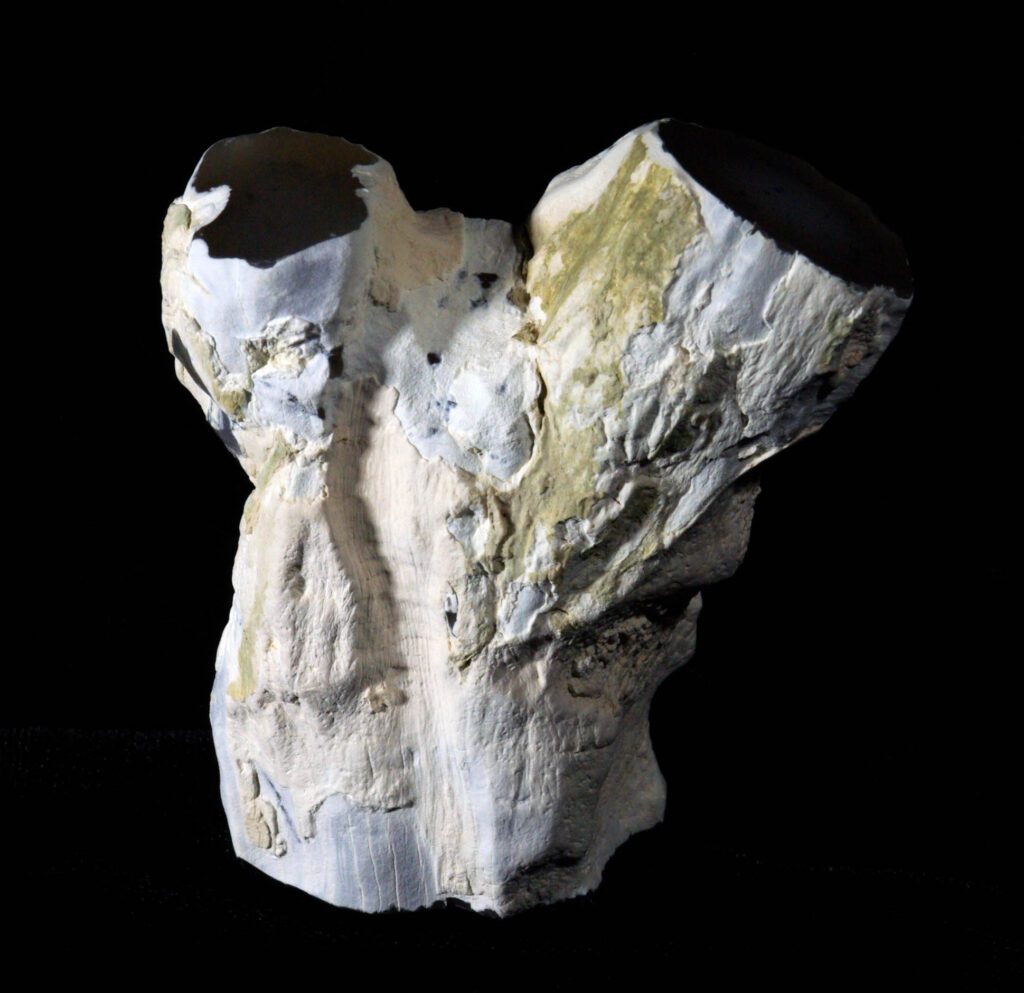

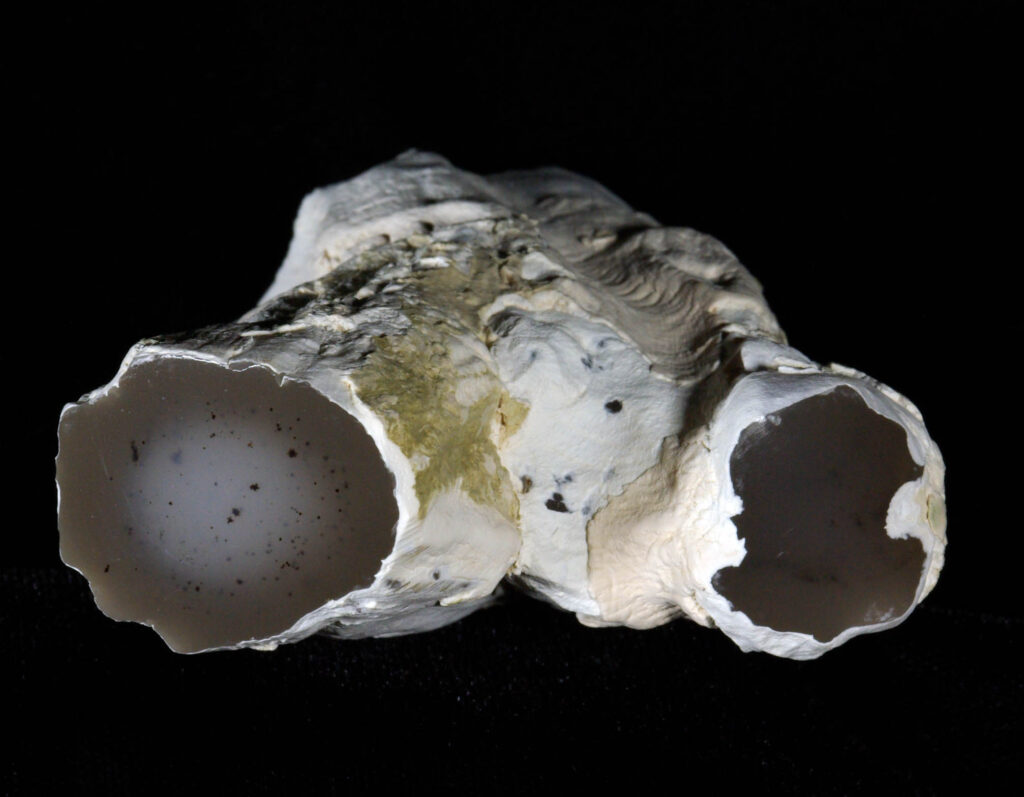
18. Little Humboldt River. Y-shaped fork. Full round, cut on all three ends and polished on the top two. Extremely rare. A glassy gem. 24 by 32 and 18 by 21 mm polished faces; 82 mm tall; seven ounces. $350



19. Texas Springs. Full round, all natural with a polished face. Alluring pink chalcedony limb cast with a striking color combination. This specimen is a perfect example of the better quality Texas Spring fossil wood. Full round; all natural but for one dome-polished face; deep gemmy pink; hard white skin. 55 by 67 mm face; 6 cm long; eleven ounces. $400


20. Texas Springs. Full round, all natural with a polished face. One of my favorite wood specimens from an aesthetic perspective – shape, texture, colors, translucence, gem quality. It’s in Petrified Wood [1998] on page 12 (mislabeled, see Nevada 9 above), so you know I’ve had it a long time. 4 by 4 cm face; 8 cm long; 4.4 ounces. $600


21. Goose Creek. The French Poodle. Full round limb cast. Skin and color unique to locality. Gemmy. Rare in my experience on secondary market. All natural but for polished face. Flawless. 23 by 32 mm polished face; 68 mm long; six ounces. $400



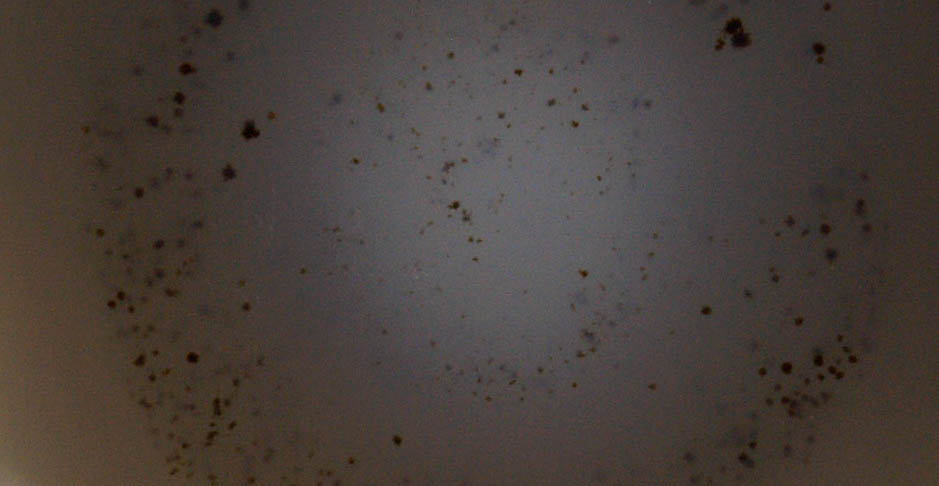
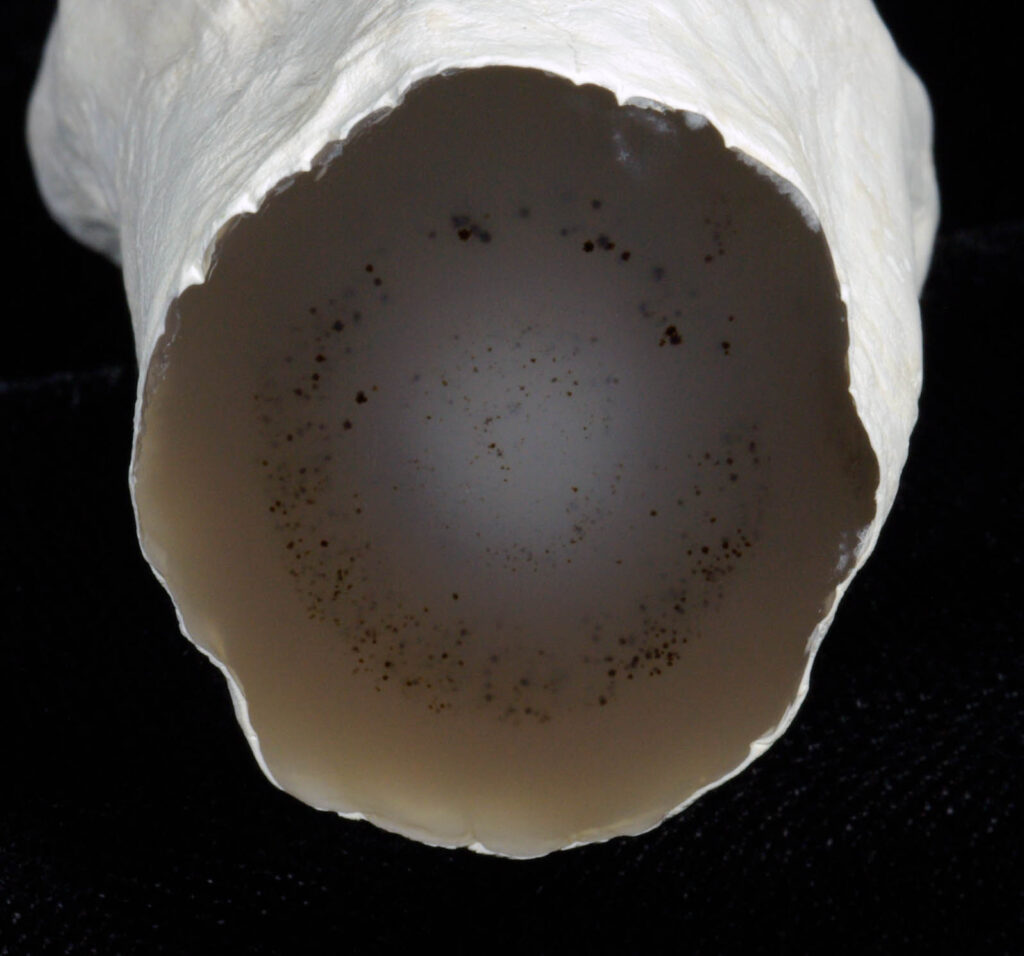
22. Little Humboldt River. The Leg. Full round, cut and polished above the knee. Perfect. 24 by 27 mm polished face; 122 mm tall; 4.6 ounces. $350


23. Joshua tree. Protoyucca shadishii. Miocene/Pliocene. Specimen round with one polished face. Good structures. Nice smaller specimen of an extremely rare fossil wood. 5 by 7.5 cm polished face; 53 mm tall; six ounces. SOLD
END NEVADA
